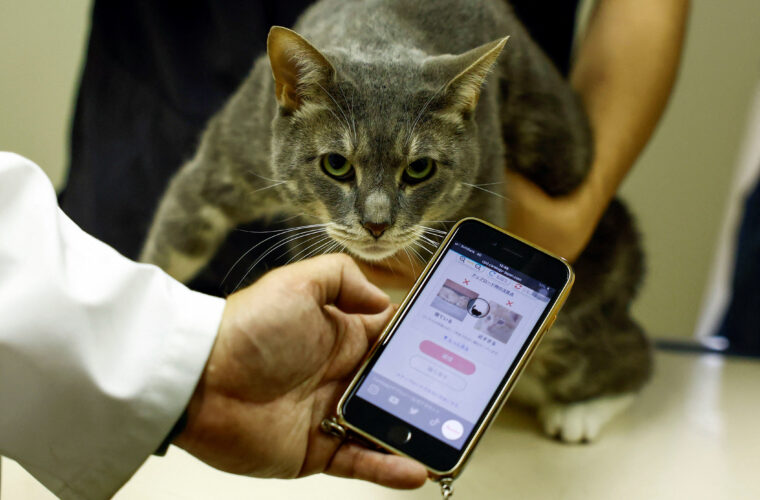5G is taking on a real technological transformation of the healthcare sector, opening up the possibility of creating new value chains, initiating partnerships that benefit the entire ecosystem. Even today, people living in rural areas, with doctors several kilometres away, cannot enjoy fast and timely healthcare. Travelling when ill can be challenging and time-consuming, with serious health risks.
Technologies based on 5G have the potential to help solve these challenges. The rise of the standard will exponentially accelerate the delivery of data and open up lines of communication in entirely new ways, both inside and outside hospital walls. In fact, 5G will change the way healthcare professionals share critical information with each other and with patients, many of whom are currently left without services because they are physically far from their place of support. Pervasive and wireless, the network will, according to IHS Markit, support 22.3 million new jobs, generating a market of some $534.3 billion, by 2025.
Driven by the Covid
The spring of 2020 gave telemedicine its biggest test yet, with avalanches of people turning to online platforms to seek treatment in the face of lockdown and social distancing. A survey by Sage Growth and Black Book Market Research found significant satisfaction (78%) with telemedicine services. 43% of those surveyed said they considered the digital surrogate to be as effective as a visit to the doctor, with 31% considering it even better. And that’s without even the benefits of 5G. Yet the first concrete ‘5G ready’ applications are already on the horizon.
The addition of a high-speed 5G network to existing architectures can help transfer huge stores of data, such as MRIs and medical images, quickly and reliably, improving both access to care and the quality of care. On average, we are talking about as much as 1 GB of information per patient, so it is clear that as time goes on, the databases will grow further. With zero latency and drastically reduced time, comparing and labelling MRIs and reports will not only be possible but extremely useful for research.

If we add to this the developments in artificial intelligence, the situation becomes even more interesting. Many key healthcare functions are starting to use artificial intelligence (AI) to determine potential diagnoses and decide on the best treatment plan for a specific patient. In addition, AI can help predict which patients are most likely to have postoperative complications, allowing healthcare systems to provide early intervention when needed. But there is a need for 5G: large amounts of data needed for rapid real-time learning require extremely reliable, high-bandwidth networks. Also providers often need to access data from their mobile devices. By moving to 5G networks, healthcare organizations will have the opportunity to use the artificial intelligence tools they need to provide the best possible care, wherever they are – in the hospital, at home or in the clinic.
By using wearable solutions, wristbands or smartwatches (i.e. the Internet of Things), doctors and specialists can monitor patients and collect data to improve personalised and preventive care. According to another survey by Anthem, 86% of doctors agree that wearable devices increase patients’ engagement with their own health. By enabling all these technologies through 5G, healthcare systems aim to boost the quality of the patient experience, reducing the cost of care and increasing the expectation of good service.
New normal in the healthcare
For example, in Italy there are essentially three specific cases in which the National Health System provides for remote management of the relationship between doctor and patient, or between doctor and doctor, and in all of them 5G can be an enabler of increasingly efficient and effective services. This starts with the doctor-patient relationship, which needs good quality audio and video communications, for which the best possible connection is essential, as well as appropriate devices capable of transmitting and receiving real-time data on people’s health conditions. Then there are remote consultations, which may involve several doctors for the analysis and resolution of individual cases. Digital technology enables this kind of interaction in different ways, either ‘live’, with audio or video links, or ‘deferred’, by making information available on shared platforms, in full compliance with all privacy and data processing rules. And finally, there is the field where the Internet of Things comes into play, to remotely acquire and monitor patients’ vital parameters, which, thanks to digital technologies, can always be available to doctors and patients themselves. A key role in this scenario will be played by the availability of infrastructure and the telecommunications chain, which will have to make 5G truly accessible, with the population coverage needed to unlock its full potential.



